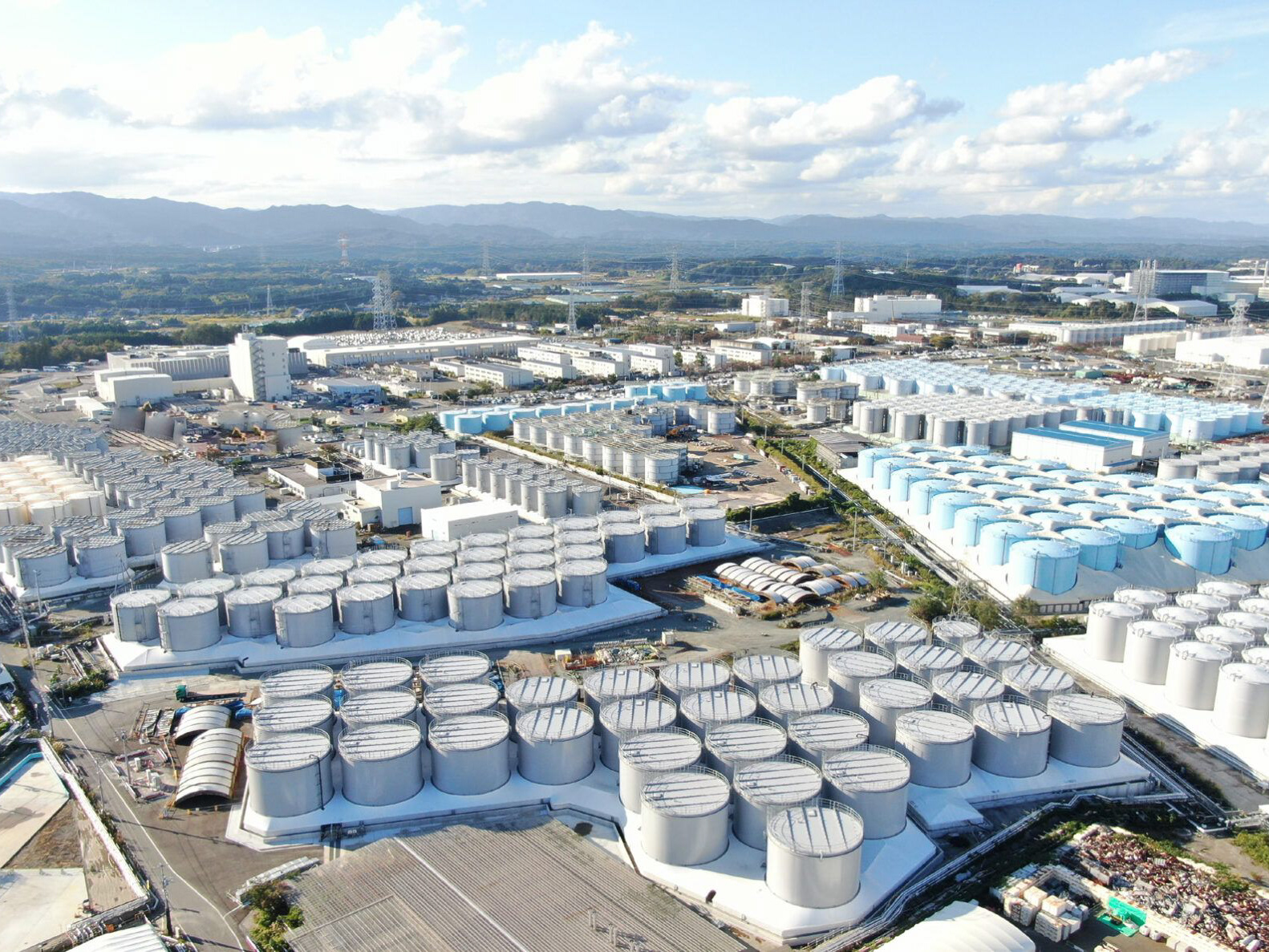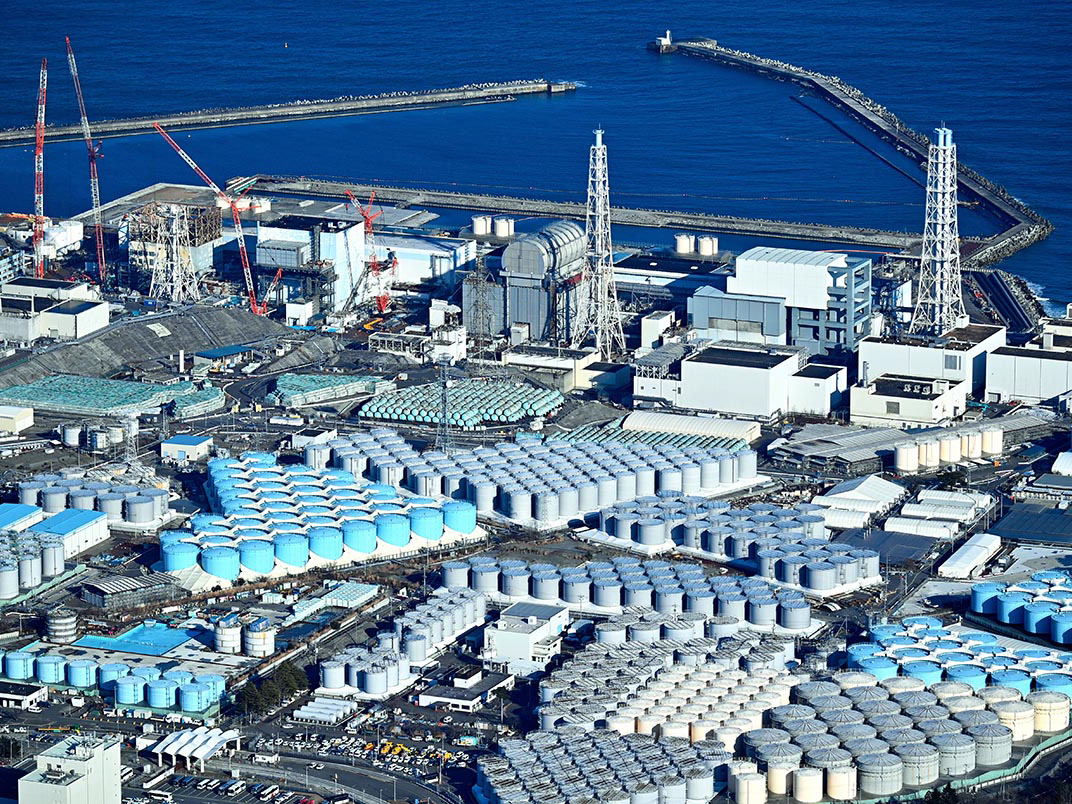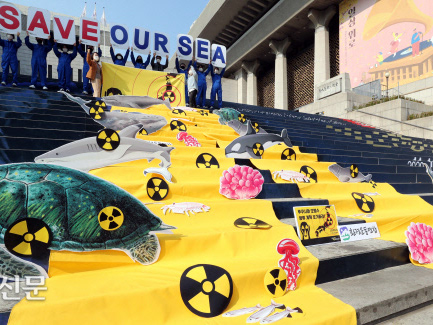The ocean is vast, resilient, and often forgiving. But it is not invincible. Japan’s decision to release treated radioactive water into the Pacific Ocean has sparked a debate not only about immediate safety but also about the long-term environmental impacts that are far less predictable.
At the heart of the issue is tritium, a radioactive isotope that cannot be fully removed from the water. Japan’s assurances, backed by the International Atomic Energy Agency (IAEA), emphasize that tritium is harmless in small, diluted quantities. But is “dilution” truly a solution, or just a convenient way to scatter the problem? The fact remains that Japan is embarking on an unprecedented experiment with one of the world’s most vital ecosystems. What happens when over a million tons of treated radioactive water is released over the next several decades?
Environmental organizations, such as Greenpeace, have raised serious concerns about the potential for bioaccumulation—the process by which radioactive substances could accumulate in marine organisms over time. While the immediate risk to human health may seem low, the ocean operates on its own time scale, and the effects of introducing radioactive isotopes, even in small amounts, are difficult to predict. Marine life, already stressed by overfishing and climate change, now faces yet another man-made challenge.
Moreover, the ocean is not an isolated system. Currents will carry the treated water far beyond Japan’s shores, impacting ecosystems and communities across the Pacific. What right does one nation have to gamble with the future of a shared resource?
In the end, the debate is not just about science or economics—it is about ethics. The ocean belongs to everyone and no one, and our responsibility is to protect it, not use it as a dumping ground. Japan may have found a solution to its immediate problem, but the ocean will be the one to bear the long-term consequences.



